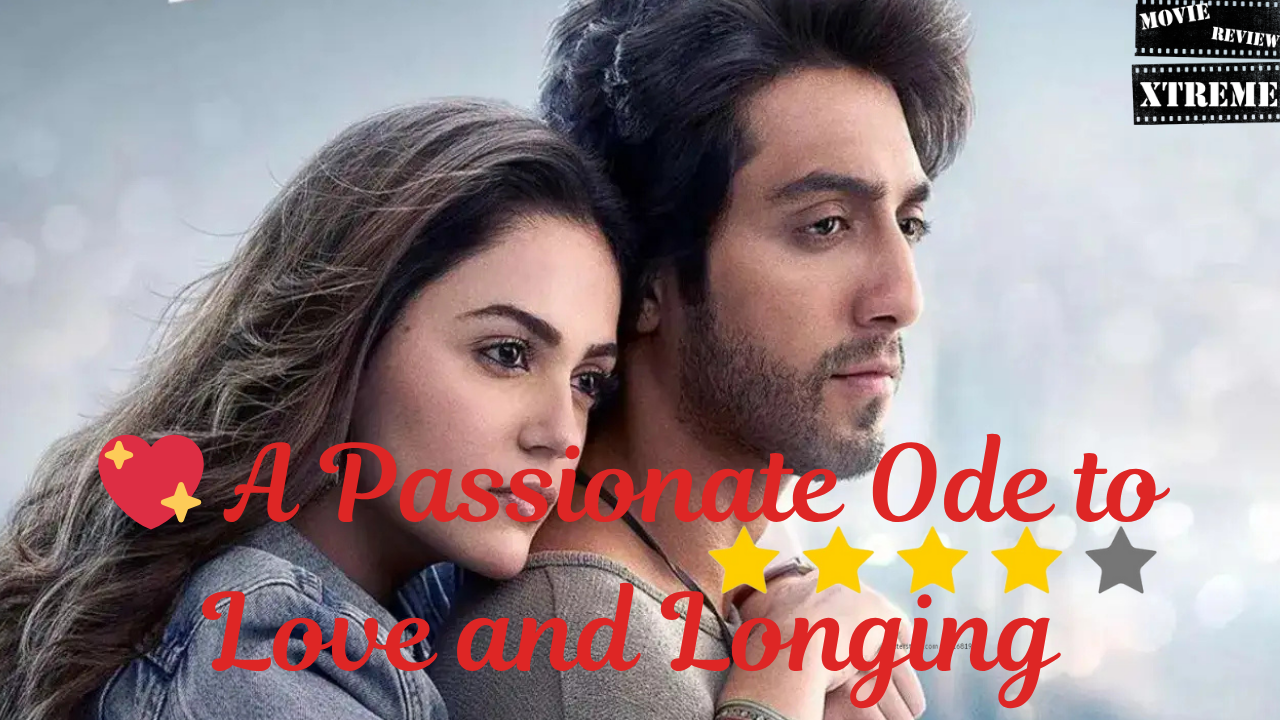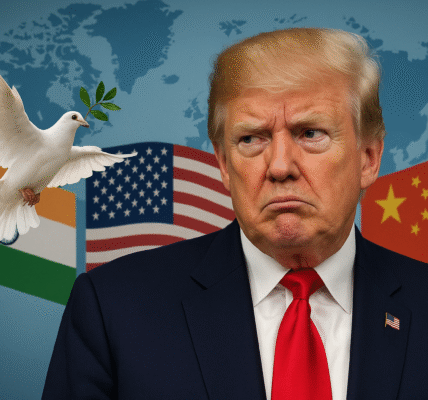JD Vance Wife Religion Controversy: Why America Is Debating Usha Vance’s Hindu Faith Amid Rising Racism and Religious Intolerance
At a recent Turning Point USA event in Mississippi, a young woman in the audience asked the U.S. vice-president, JD Vance, a pointed question: “If your wife comes from a Hindu family and you came from a Christian background, what does that say about immigration, assimilation and religious inclusion in America?” The question, as the spotlight turned to JD Vance’s Hindu-raised wife, Usha Vance, unleashed a debate in the United States over faith, heritage and belonging.
The Moment That Sparked the Firestorm
In his response, JD Vance acknowledged that his wife grew up in a Hindu family and said that while both had been agnostic when they met, they now raise their children as Christians. He added:
“Do I hope eventually that she is somehow moved by the same thing I was moved by in church? Yes … But if she doesn’t, then God says everybody has free will, and so that doesn’t cause a problem for me.”
His remarks triggered a wave of criticism and discussion — from commentators who saw it as a benign expression of faith, to others who viewed it as a reflection of religious bias, especially toward non-Christian faiths.
Why the Debate Matters
The controversy matters for several intertwined reasons:
- Religion & identity in America: The U.S. prides itself on religious freedom and pluralism, yet faith remains a fault-line in politics. The idea that a high-profile figure might prefer his spouse adopt a particular religion raises questions about tolerance, belonging and the meaning of “American identity”.
- Race, immigration & the Indian-American experience: Usha Vance is Indian-American, the daughter of immigrants, and from a Hindu background — a faith minority in the U.S. That fact intersects with growing concerns about racial and religious discrimination facing South Asians and Hindus in America.
- Interfaith marriages as a microcosm: The JD Vance marriage is interfaith (Hindu-Christian) and inter-heritage. Their public handling of faith within the family becomes a lens for larger questions: How do immigrants or children of immigrants integrate religiously and culturally? And when assimilation is expected, what is lost?
- Political strategy, faith and power: JD Vance is a key figure in conservative politics and has repeatedly tied his vision of America to Christian values. His remarks on his wife’s faith may resonate with his base — but they also risk alienating voters who view faith-pluralism as part of America’s democratic promise.
Betrayal, Loyalty & Survival: The Incredible Story of Nicolás Maduro and America’s Failed Plot
“But wait — Indians pay tax, obey law; why such hatred?”
In the same “show-like” setting, the young woman pressed: “Why does America allow so much religious and racial hatred towards Indians or Hindus, when they obey the law, pay their taxes, and often come as immigrants just like everybody else?”
That challenge taps into a persistent tension: While many immigrants, including Indian-Americans, are celebrated for their success, they also face discrimination, exclusion, and the burden of proving “patriotism”. Critics argue that when faith is non-Christian, inclusion becomes conditional.
The Context of Rising Religious Hatred
Recent years have seen an uptick in religious intolerance in the U.S. For example:
- Hindu-Americans report increasing verbal attacks and stereotyping.
- Christian-nationalist rhetoric has targeted non-Christian faiths as “un-American”.
- The interplay of immigration policy, national-identity debates, and religious identity means that political discourse often merges faith and belonging.
In this environment, Usha Vance’s background becomes more than personal—it becomes emblematic of debates about America’s religious future.
The Reactions
- The Hindu American Foundation criticised Vance’s remarks, saying they “diminish” his wife’s faith and feed a narrative of conversion-expectation.
- Supporters of Vance argued he was expressing his faith — a husband wanting spiritual unity — and that he respected his wife’s free choice.
- Indian-American commentators raised red flags: they asked whether Hindu Americans are truly accepted if they are expected to assimilate into Christian norms.
Immigration, Assimilation and Faith
During the Q&A, the young woman also highlighted immigration: “Some families have lived here many generations, others like my own came more recently. Yet Indians are law-abiding, tax-paying — why such hostility?”
JD Vance’s broader political stance includes stricter immigration and assimilation controls — a contrast that many interpret as placing extra burdens on foreign-origin communities regardless of their contributions.
What JD Vance’s Faith Signals
JD Vance converted to Catholicism in 2019. His faith influences his political worldview — particularly on issues of family, national identity and immigration. His willingness to publicly declare his wife’s faith and express hope for her conversion signals a blending of personal faith and public posture.
Why Hindus Matter in the Discussion
Hinduism is often portrayed by its adherents as one of the most tolerant religious traditions. In the U.S., Hindu-Americans tend to show high levels of civic engagement, economic success and inter-faith bridging. Yet they are frequently overlooked in U.S. race-religion discourse. The Vance piece forces a spotlight: if a Hindu background can generate political controversy, what does that say about the space for non-Christian faiths in politics?
The Balancing Act
- On one hand, JD Vance presents a modern inter-faith marriage, children raised Christian but with exposure to Hindu traditions (Usha has spoken of her parents’ Hindu faith being a moral foundation).
- On the other hand, the public expression of hope for conversion, in a high-stakes political environment, raises concerns about implicit expectations of faith-alignment and the status of minority religions.
Key Questions Going Forward
- Will mainstream American politics broaden to fully embrace non-Christian faiths, or will the expectation of conversion remain a hurdle for minority communities?
- How will Indian-American communities respond politically if they perceive faith-based expectations as exclusionary?
- What effect does a “faith test” (implicit or explicit) have on the assimilation and identity of first- and second-generation immigrants?
- How will Vance reconcile stricter immigration/assimilation stances with the reality of his own interfaith, immigrant-heritage family?
Conclusion
The controversy surrounding JD Vance and his wife’s Hindu background may appear as a personal or marital matter. Yet the broader implications touch on religion, race, immigration and identity in America. In an era of deepening racial and religious fault-lines, the JD Vance family story has become symbolic: it asks Americans whether belonging is purely a matter of law & taxes — or whether faith, culture and heritage still shape who is seen as truly American.
For India-heritage communities in the U.S., the question echoes: “We came, we obeyed, we built — why is our faith still a query, not a given?” The answer may define how inclusive America truly becomes.
Disclaimer
All statements about JD Vance’s remarks, Usha’s background and reactions are drawn from publicly available sources. For deeper voices on Hindu-American identity, religious pluralism and immigration, readers may refer to the Hindu American Foundation, Pew Research’s reports on religion in America, and academic work on interfaith marriage in U.S. politics.
JD Vance wife religion, Usha Vance Hindu faith, JD Vance controversy 2025, Hindu Americans racism, Religious intolerance in America, Indian Americans in U.S. politics, Interfaith marriage debate, Usha Vance Hindu controversy, JD Vance Trump administration, Race and religion in U.S.
#JDVance #UshaVance #HinduFaith #ReligiousFreedom #RacismInAmerica #InterfaithMarriage #IndianAmericans #USPolitics #FaithAndIdentity #News24Media #Tolerance #HumanRights
Discover more from
Subscribe to get the latest posts sent to your email.








1 COMMENTS